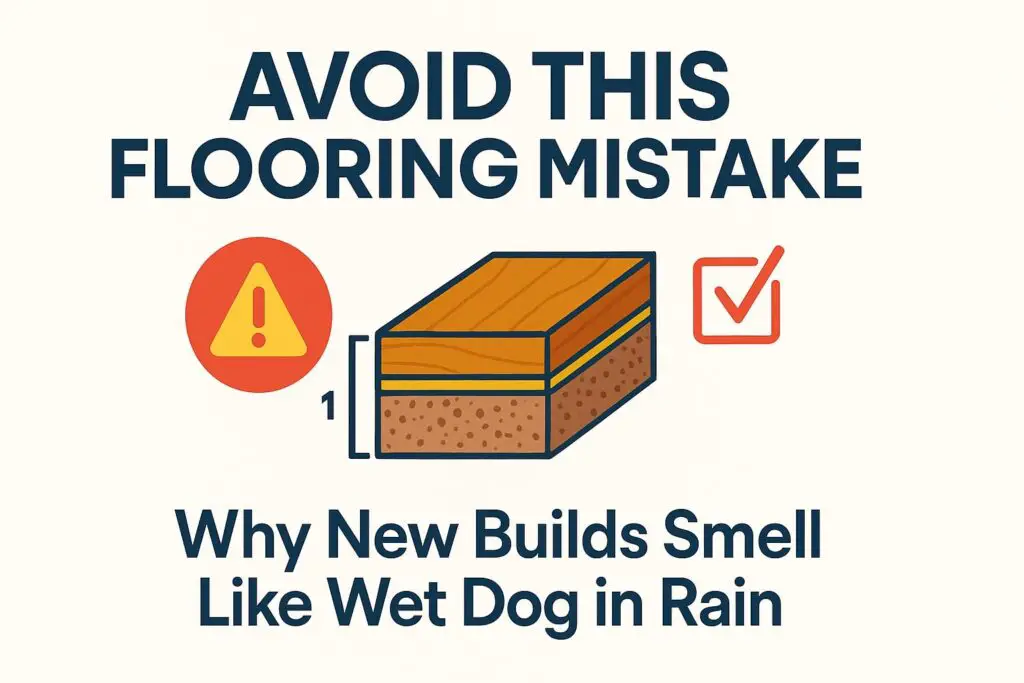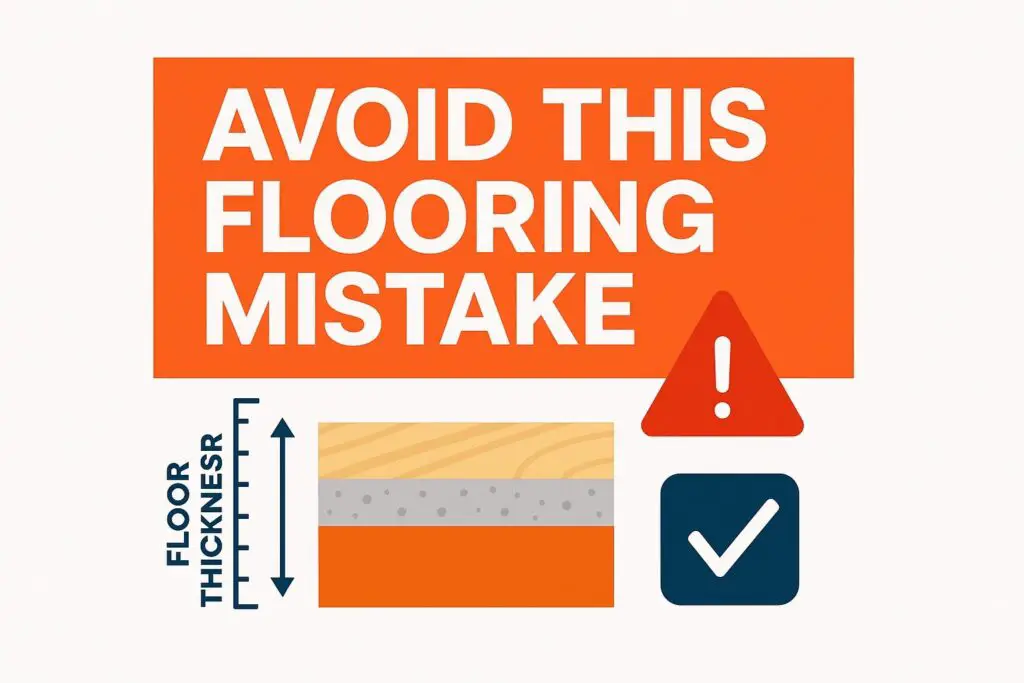What is a Mezzanine Floor? A Complete Guide for Property Owners and Businesses
A mezzanine floor is an intermediate floor built between the main floors of a building, typically between the ground floor and first floor. These partial floors don’t extend across the entire building footprint and are designed to maximise vertical space without requiring a full building extension. Mezzanine floors offer a practical solution for creating additional […]
What is a Mezzanine Floor? A Complete Guide for Property Owners and Businesses Read More »


